How Whole Foods went from a hippie natural foods store to Amazon's latest weapon
Two days after that article was published, it was announced Amazon would buy Whole Foods for $13.7 billion. After the Whole Foods deal closed in August, Amazon immediately cut prices and started selling Amazon Echos in the produce aisle, and started selling Everyday Value items online.

In 2017, an activist hedge fund, Jana Partners, purchased a stake in the chain, shuffled the board, pushed it to lower prices to better compete with more mainstream chains.
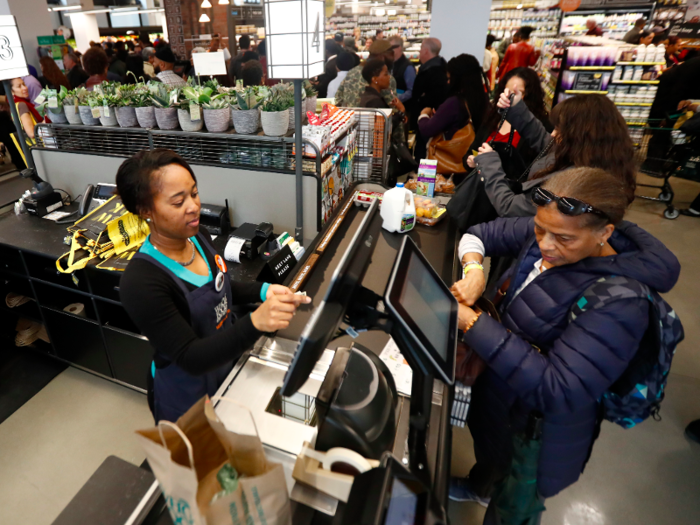
Mackey, in an interview with Texas Monthly, let loose saying "Yes, we need to evolve," adding: "We need to get better, and we’re doing that. But these guys just want to sell us, because they think they can make forty or fifty percent in a short period of time. They’re greedy bastards, and they’re putting a bunch of propaganda out there, trying to destroy my reputation and the reputation of Whole Foods, because it’s in their self-interest to do so."
Source: Texas Monthly
In 2016, Whole Foods opened a new concept store, 365 by Whole Foods. Stocked with primarily Whole Foods' 356 Everyday Value Brand, the stores are meant to millennial-focused with a focus on value. The first store opened in the Silver Lake section of Los Angeles.
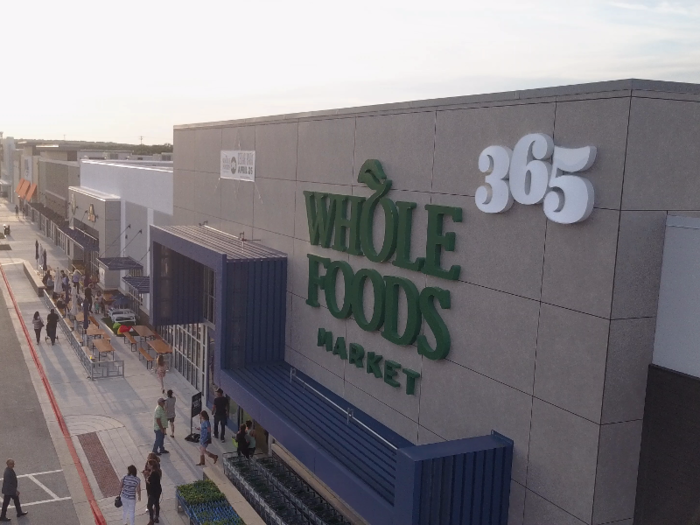
By 2015, Whole Foods hit another hurtle — organic and natural food became more prevalent and cheaper than ever, as more and more competitors got in on the game. Walmart became the largest seller of organic food in the country, and investors became worried Whole Foods might get left behind in a segment of the market they created.

In 2013, Whole Foods became the first chain to label all foods made with GMOs.
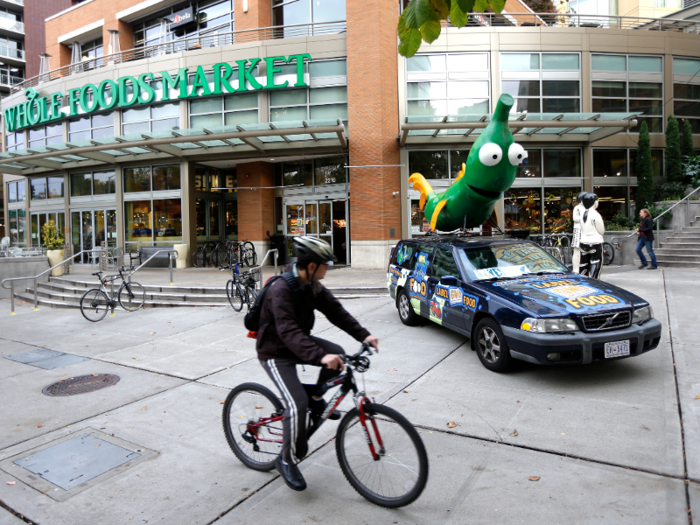
In 2008, Whole Foods stumbled a bit. The stock fell 76 percent in one year, and Whole Foods sold a 17 percent stake to private equity firm Leonard Green & Partners LP. The firm later exited in 2011 to a profit of about $1 billion.
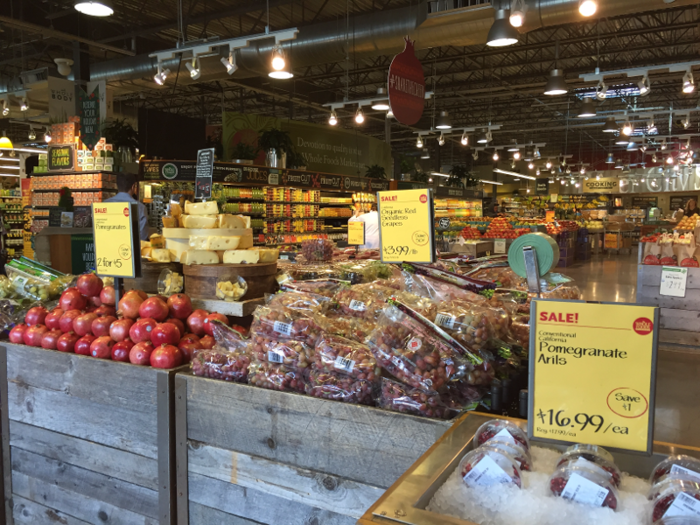
Source: Law360
In 2007, Whole Foods crossed the pond to open its flagship store in London. It first came to the city after buying local chain Fresh & Wild. Investors were concerned at the time that the, and the country's grocery market was already a crowded space. Whole Foods currently has nine stores in the UK, after a dramatic 40 store plan was later scaled back.

In 2007, a merger with natural food chain Wild Oats was challenged by the Federal Trade Commission, citing concerns it would be a natural foods monopoly. Whole Foods relinquished control of 13 stores after the FTC found out Mackey was writing blog posts critical of Wild Oats anonymously.

Source: Reuters
In 2005, the company moved into its current global headquarters in Austin. It covers a full block in the city, and sits on top of the largest Whole Foods store in the world.
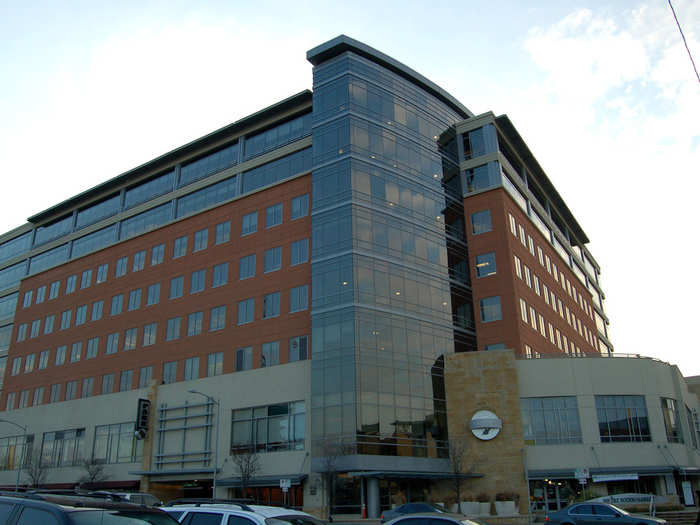
In 2004, Whole Foods built the largest supermarket in Manhattan with its Time Warner Center location. The store measures 58,000 square feet.
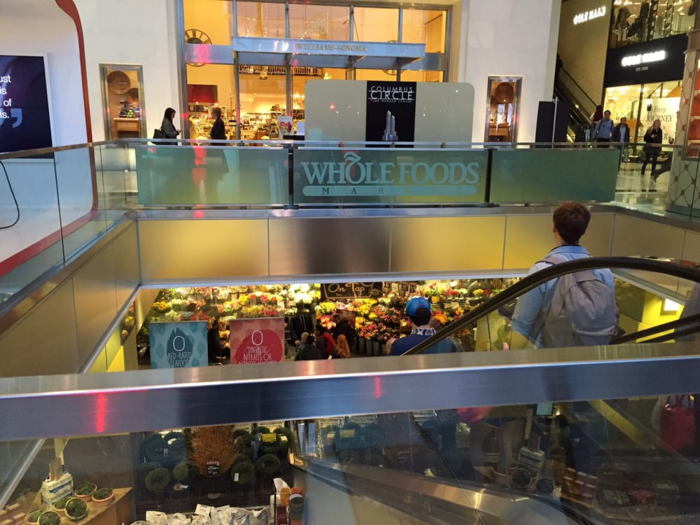
Also in 2002, Whole Foods expanded internationally for the first time with a store in Toronto.
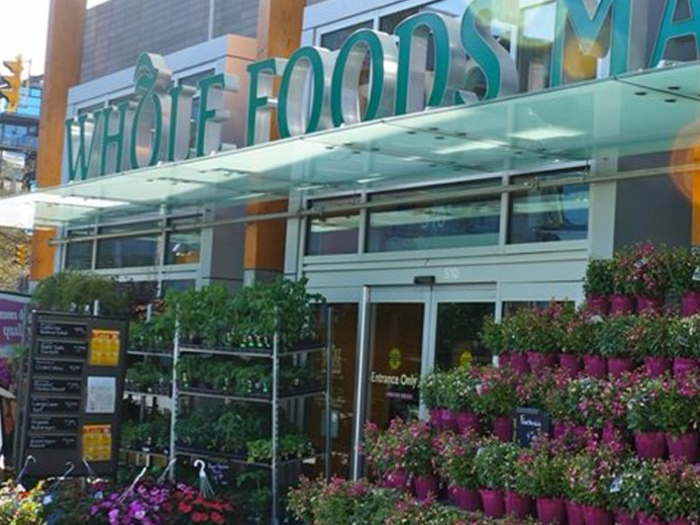
In 2002, workers at a Madison, Wisconsin store voted to unionize, but it never was certified. Mackey told the New York Times he ignored workers concerns, which led to the vote, and is anti-union.
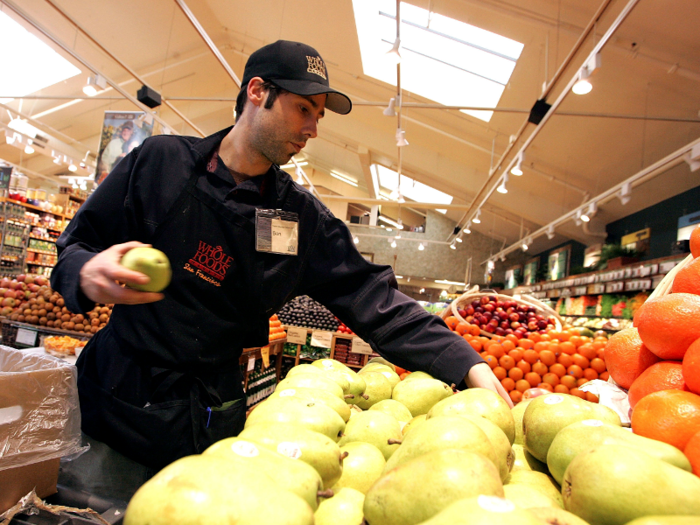
Source: New York Times
In 1997, Whole Foods also launched its 365 Everyday Value private label brand to fight its "Whole Paycheck" pricey image.
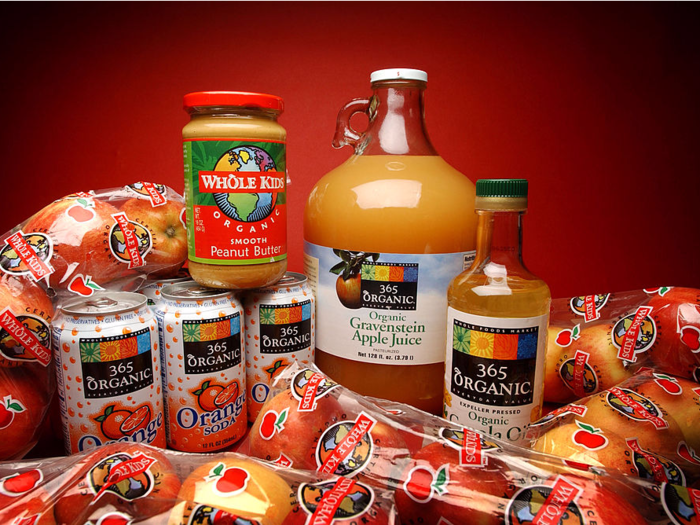
In 1997, Whole Foods revenue passed the $1 billion in yearly revenue mark, with 70 stores in 16 states.
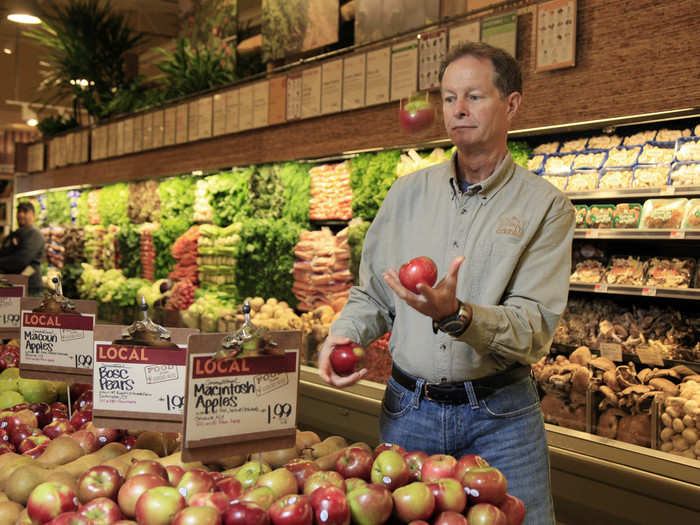
Source: New York Times
On January 23 1992, Whole Foods went public at a price of $2.125 per share. At the time, the chain had 12 stores across Texas, California, North Carolina and Louisiana. That same year, Whole Foods bought Bread and Circus, bringing the chain to the Northeast.
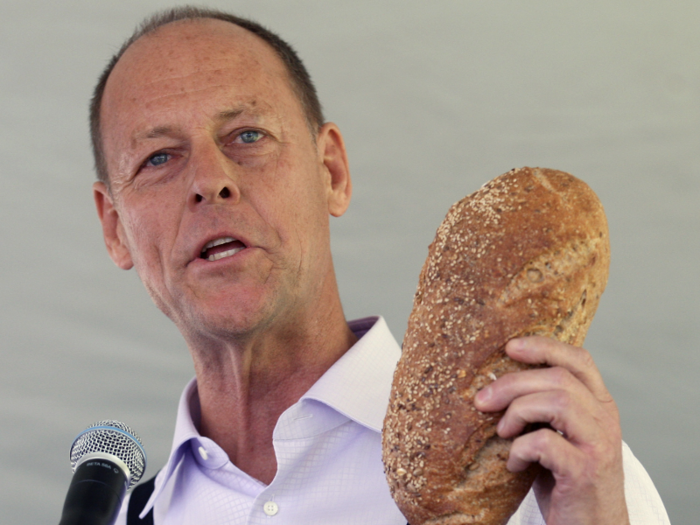
Much of Whole Foods' growth was through mergers and acquisitions. It frequently moved into new markets through buying a local chain and converting it to a Whole Foods. By 1984, Whole Foods expanded to nearby Houston and 600 employees, and in 1988 bought the Whole Food Company in New Orleans for its first expansion outside of Texas.

By 1980, he merged with another local natural food store, Clarksville Natural Grocery, to open the first Whole Foods Market on September 20th. This original store was destroyed in a flood in 1981, but the community rallied around it and it was only out of business for 28 days.

In 1978, John Mackey opened Safer Way Natural Foods in Austin, Texas.
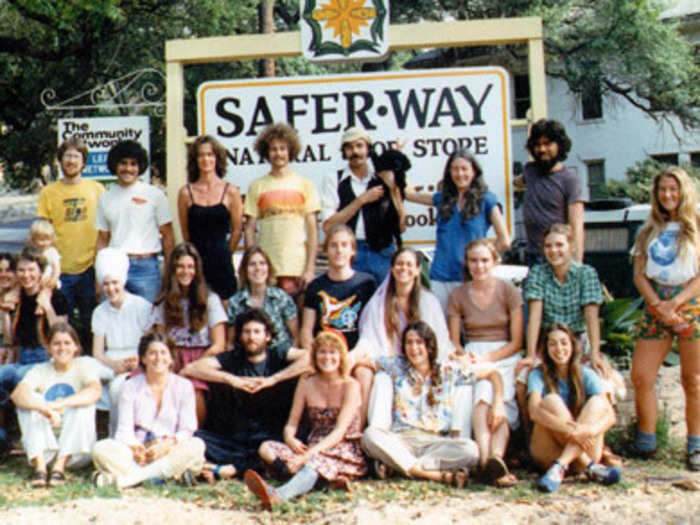
Popular Right Now
Advertisement